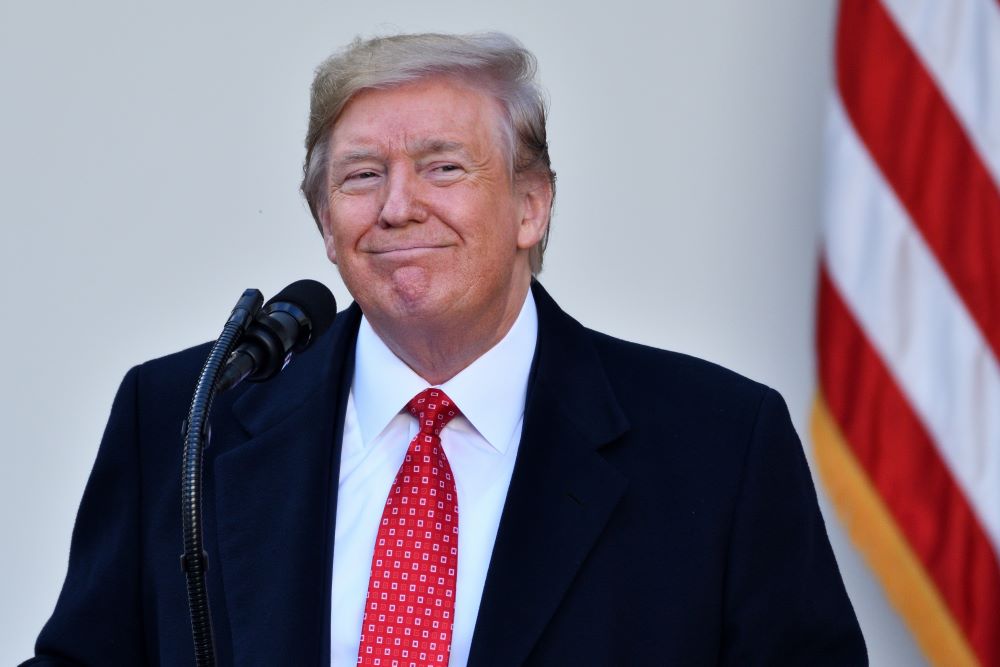Former President Donald Trump was the target of an assassination attempt on July 13, 2024. The assailant, identified as 20-year-old Thomas Matthew Crooks, utilized a drone for reconnaissance before carrying out the attack. This incident has raised significant concerns about security measures at political events and the evolving tactics of potential attackers.
The Incident
On the day of the rally, Crooks flew a drone approximately 200 yards from the main stage, just hours before the shooting began. The drone, later found in Crooks’ vehicle along with a controller and two remotely detonable explosive devices, was used to survey the area and possibly select the optimal vantage point for the attack.
The drone footage, which Crooks reportedly live-streamed for about 11 minutes, provided him with a detailed overview of the rally site, including the rooftops of nearby buildings.
The use of drones in such a manner is not unprecedented, but it marks a significant escalation in the methods used by individuals planning violent acts. Drones offer a bird’s-eye view and can be operated from a safe distance, making them an invaluable tool for reconnaissance. In this case, Crooks’ use of a drone allowed him to gather critical information without arousing immediate suspicion.
The Attack
As the rally commenced, Crooks positioned himself on a rooftop adjacent to the event. Armed with an AR-style rifle, he fired at least eight shots, one of which grazed Trump’s ear. The attack resulted in the death of one spectator, Pennsylvania firefighter Corey Comperatore, and critical injuries to two others. Crooks was ultimately killed by a Secret Service sniper.
The rapid response of the Secret Service and local law enforcement likely prevented further casualties. However, the fact that Crooks was able to get into position and fire multiple shots before being neutralized has raised serious questions about the adequacy of the security measures in place.
Investigation and Findings
The FBI and other law enforcement agencies have been meticulously investigating the incident. FBI Director Christopher Wray testified before Congress, revealing that Crooks had no discernible political ideology and did not leave behind a manifesto or clear motive.
His actions appeared to be meticulously planned, as evidenced by his possession of explosive devices, a bulletproof vest, and extensive online searches related to violent incidents and political figures.Investigators discovered that Crooks had purchased a ladder and a backpack, which were later found near his home, further indicating premeditation.
His vehicle contained additional explosive devices and ammunition, and his residence housed bomb-making materials and a 3D printer. Despite these findings, the exact motive behind Crooks’ actions remains unclear.
The investigation has also uncovered that Crooks had been active on various online forums. However, there is no clear evidence that he was radicalized by any specific group or ideology. This has led to speculation that Crooks may have been a lone actor, driven by personal grievances or mental health issues.
Security Lapses and Responses
The assassination attempt has prompted multiple investigations into the security lapses that allowed Crooks to carry out his attack. Witnesses at the rally had attempted to alert authorities to Crooks’ suspicious behavior, but these warnings were not heeded in time to prevent the shooting.
The U.S. Secret Service has faced significant criticism for the security failures, leading to the resignation of its director.In response to the incident, security measures at political events have been heightened. The Secret Service is under intense scrutiny to ensure such lapses do not occur again, especially with the upcoming rallies involving high-profile political figures. New protocols include more rigorous screening processes, increased use of technology to detect potential threats, and better coordination with local law enforcement agencies.
The Role of Technology in Modern Security Threats
The use of a drone in this attack highlights the evolving nature of security threats. Drones are relatively inexpensive, easy to acquire, and can be operated with minimal training. They provide a level of anonymity and distance that traditional reconnaissance methods do not.
This incident underscores the need for security agencies to adapt to new technologies and develop strategies to counteract their misuse.One potential solution is the implementation of drone detection systems at large public events. These systems can identify and track unauthorized drones, allowing security personnel to respond quickly. Additionally, regulations governing the use of drones near sensitive areas may need to be tightened to prevent similar incidents in the future.
Political and Social Implications
The attempted assassination of former President Donald Trump has far-reaching political and social implications. It serves as a stark reminder of the dangers faced by public figures and the importance of robust security measures.
The incident has also sparked a broader conversation about the role of technology in modern society and the potential for its misuse.Public reaction to the attack has been mixed. While many have expressed outrage and called for stricter security measures, others have raised concerns about the potential for overreach and the erosion of civil liberties. Balancing the need for security with the protection of individual rights is a complex and ongoing challenge.
Conclusion
The attempted assassination of former President Donald Trump has highlighted the evolving threats posed by individuals using modern technology, such as drones, for reconnaissance and planning attacks. While the immediate threat posed by Thomas Matthew Crooks has been neutralized, the incident underscores the need for enhanced security protocols and vigilance at political events to prevent future tragedies.
The ongoing investigation aims to provide further clarity on Crooks’ motives and any potential accomplices, ensuring comprehensive measures are in place to safeguard public figures and attendees at such events.
This incident serves as a sobering reminder of the vulnerabilities inherent in our increasingly interconnected and technologically advanced world. As security agencies adapt to these new challenges, the collaboration between technology experts, law enforcement, and policymakers will be crucial in developing effective strategies to protect public safety without compromising fundamental freedoms.
